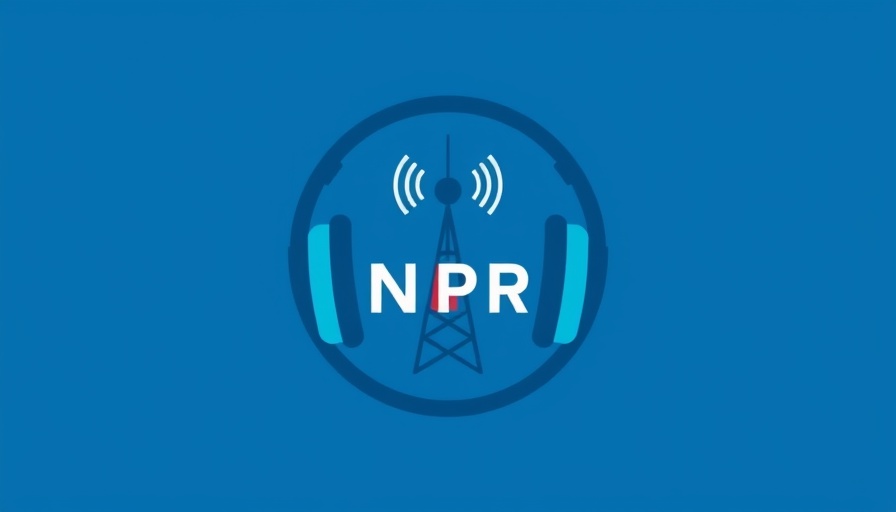
Understanding the Hepatitis A Outbreak in L.A.
The recent declaration of a Hepatitis A outbreak in Los Angeles County has sent ripples through public health sectors and local communities. As health officials report a significant spike in cases over the past year, questions abound regarding the relationship between increased wastewater levels and this sudden uptick in infections. The complexities of this public health crisis underscore the importance of vigilance and community engagement.
Historical Context of Hepatitis A
Hepatitis A is a viral liver disease that can cause mild to severe illness. Historically, outbreaks have often been associated with contaminated food and water. Detailed investigations into previous cases have revealed that Hepatitis A can spread through close personal contact, making it vital to identify transmission pathways during an outbreak. Given L.A.'s vast population and diverse communities, contact tracing remains a significant challenge.
Significance of Wastewater Testing
Wastewater analysis has emerged as a critical tool in monitoring public health. Recent data indicating elevated levels of the virus in wastewater suggest a broader environmental issue that may inform the outbreak's source. Health experts advocate for increased attention on this method to gauge community health and potential infection trends, offering utilities a proactive role in preventing disease spread.
The Role of Public Communication
A central aspect of managing health crises lies in public communication. Health officials are tasked with disseminating clear, actionable information to the public regarding vaccination opportunities and preventive measures. In a tech-driven society, leveraging digital platforms to reach communities instantly can prove vital in effectively countering misinformation and mobilizing community health strategies.
Community Health Initiatives Throughout the Outbreak
In light of the outbreak, various initiatives have risen within L.A. County. Mobile vaccination clinics and informative community outreach programs are among the strategies employed to curb the spread. These efforts demonstrate the collaborative nature of public health, involving local businesses, government establishmments, and healthcare providers working in tandem to contain the threat.
Predictions for Future Health Trends
The ongoing situation presents an opportunity for utilizing insights gleaned from this outbreak to forge stronger health policies for the future. As the tech sector increasingly intersects with healthcare, innovations in health technology could provide real-time data to enhance preventative measures not only for Hepatitis A but also for potential future outbreaks of various infectious diseases.
Conclusion: The Importance of Vigilance
As the landscape of public health continues to evolve, the importance of community awareness and proactive measures cannot be overstated. Health crises like the Hepatitis A outbreak illustrate the delicate balance between disease prevention and public safety. CEOs and business leaders in the tech industry have a unique role to play in advocating for health initiatives that leverage technology for better outcomes in both health and business. By fostering an informed community and supporting health innovations, businesses can greatly contribute to the greater good.
 Add Row
Add Row  Add
Add 




 Add Row
Add Row  Add
Add 

Write A Comment